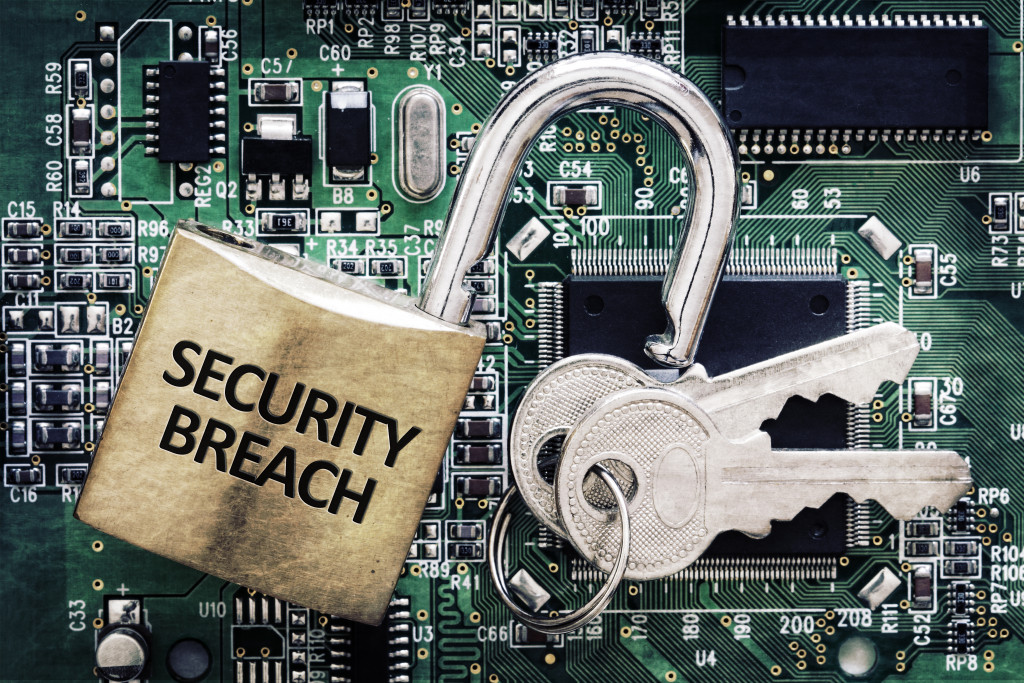- Malware, a disruptive software, can infiltrate businesses, causing data breaches, revenue loss, and reputational damage.
- Several forms of malware exist, including ransomware, spyware, adware, Trojan horses, and phishing scams.
- Malware’s impact on businesses ranges from data loss, disruption of operations, and targeted advertising to identity theft.
- Protection against malware involves comprehensive cybersecurity, regular software updates, and employee education.
- Dealing with malware effectively includes hiring IT support, installing security programs, educating employees, and consistent system updates.
Knowing how malware can affect your business and taking the necessary precautions to protect your company is essential as a business owner. Malware comes in many forms and can cause many problems for businesses, including loss of revenue, data breaches, and damaged reputations. Here’s what you need to know about malware, how it can affect your business and ways you can deal with it.
What is Malware?
Malware is malicious software designed to harm or gain access to computers and networks. They can be spread through email, online downloads, USB sticks, and other transmission means. Malware can range from programs that alter the system settings on a computer to viruses that infect computers and disrupt their operations.
How Do Malware Affect Businesses?
Malware can have a range of effects on businesses, depending on the type and severity of the malicious code. Here are some ways it can affect businesses:

1. Ransomware
Ransomware is malware designed to encrypt all files on your computer system, holding them hostage until you pay a ransom to the hackers who created the malware. This can devastate your business, resulting in the loss of critical data and the disruption of key business operations. Most ransomware comes from phishing scams and more.
2. Spyware and Adware
Spyware and adware are malware designed to spy on your computer activity and collect information about your browsing habits, online purchases, and other sensitive data. This information can then be used for targeted advertising or even identity theft.
3. Trojan Horses
A Trojan horse is a type of malware that is disguised as innocent software or files, but when it is downloaded and installed, it opens up a backdoor to your computer system, allowing hackers to access your data and files easily.
4. Email Scams and Phishing
Email scams and phishing attacks are common malware designed to trick users into giving up sensitive information, such as passwords, credit card numbers, and bank account information. Phishing attacks often come in emails designed to look like legitimate messages from businesses or authorities, and they can be challenging to spot if you are not paying attention.
5. Prevention and Protection
A comprehensive approach must be taken to protect your business from malware attacks, including solid cybersecurity practices, regular software updates, and employee education. Having a backup plan in case of a data breach or malware attack is also significant, as this can help you quickly recover critical data and avoid experiencing prolonged downtime.
Ways to Deal With Malware
Thankfully, there are various ways you can deal with malware. Here are four ways:
IT Support
One of the best ways to deal with malware is to have professionals to work on them. An experienced IT support service will have the expertise to identify and remove malware from your computer system and protect it from future attacks. This is especially important if you are dealing with a complex or sophisticated type of malware.

Security Programs
Installing security programs such as antivirus software and firewalls can help you prevent malicious code from entering your system in the first place. Most programs offer real-time protection and scan your system regularly for suspicious activity.
Education
Educating your employees about cybersecurity best practices is another effective way to protect against malware attacks. This includes teaching them the importance of not opening emails from unfamiliar sources, not clicking on unknown links in emails, and using strong passwords that are changed regularly.
Regular System Updates
Updating your system regularly is also essential in malware protection. Ensure you keep up with software patches and updates, which can help fix security vulnerabilities and protect against the latest threats.
The threat of malware cannot be understated, with its potential to cause significant harm to your business. However, understanding the forms malware can take, and its impact on your business operations can help you take the necessary steps to protect your systems. Finding the proper IT support and keeping systems up to date are all crucial elements in this fight against malware. Remember, protecting your business’s data and operations is not a one-time task but a continuous effort. By being vigilant and proactive, you can significantly reduce the risks posed by malware and secure your business’s digital future.
